- HOME
- Search in the site
- Toyohashi City Futagawa Shuku Honjin Museum
Toyohashi-City Toyohashi City Futagawa Shuku Honjin Museum
The last remaining honjin inn and hatagoya at Futagawa Post Town
According to records dating from 1820, the Futagawa Post Town, the 33rd post town on the important Old Tokaid Road was about 1.3 km long, and was home to some 1,289 people. The town had a transportation office where bearers and horses could be exchanged, an official inn for high-class clientel called a "honjin", a lesser ranked waki-honjin, and 38 "hatagoya" inns for merchants traveling on horseback. Most of these traditional inns along the Old Tokai Road have been destroyed, closed through lack of custom, demolished in the modern age, or damaged in fires and earthquakes. However, there are a few remaining, and one of the best places to see them is at the Futagawa Post Town in Aichi's city of Toyohashi.





















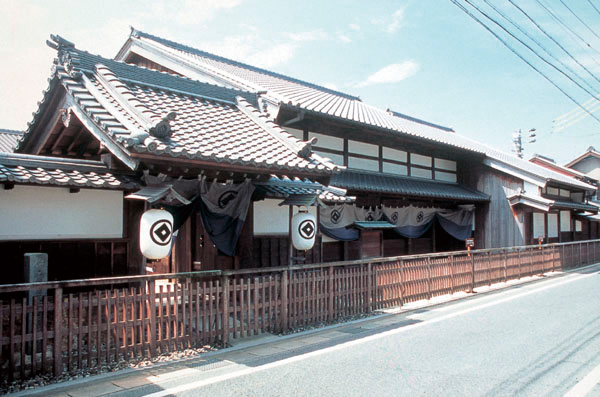
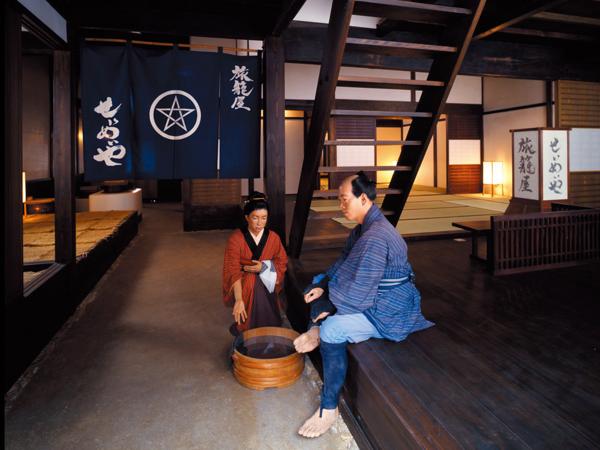
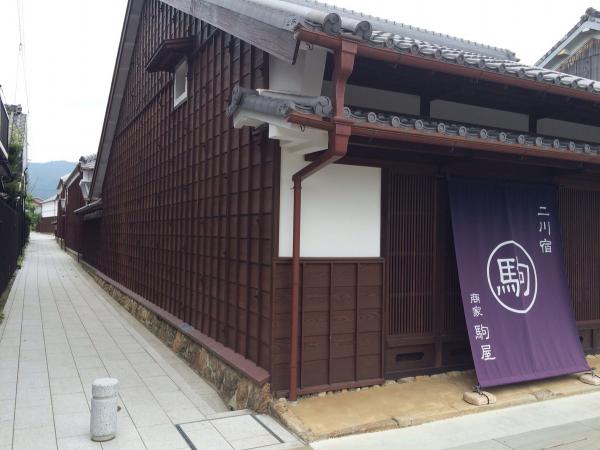
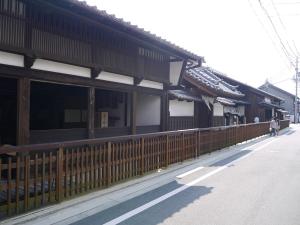
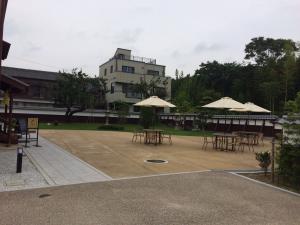
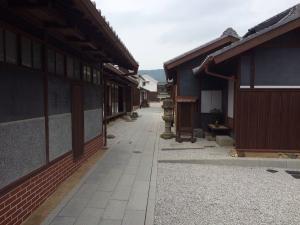
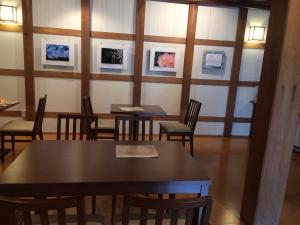
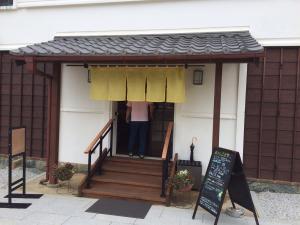
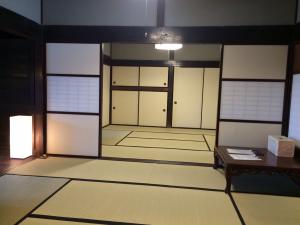

















 Keyword
Keyword













